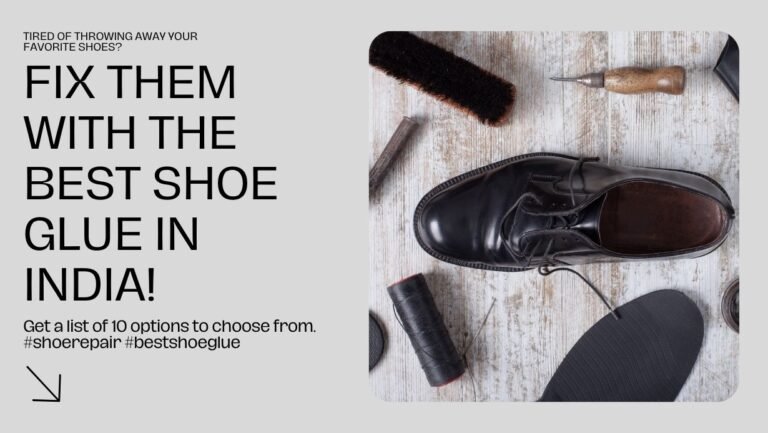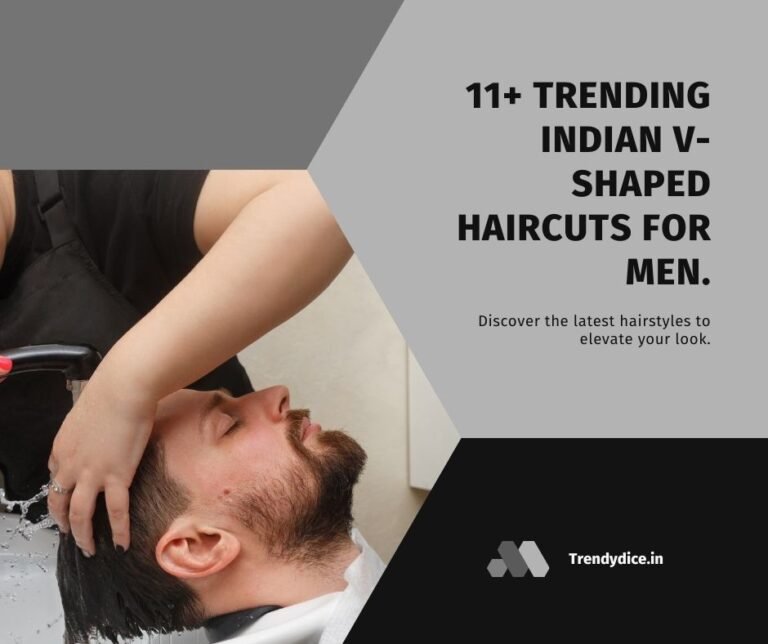Running is an incredible way to stay fit and healthy, but you can’t do it without the right gear. A good pair of running shoes are essential for protecting your feet and providing the necessary support to stay active on any terrain.
Knowing how running shoes should fit is important for achieving optimal performance and comfort. Let’s explore what makes a great-fitting shoe so you can find the perfect pair for your unique needs.
Key Takeaways
- Proper fit and measurement are crucial for good running shoes
- Consideration for running style is important in finding the right shoes
- Trying on different shoes and ensuring comfort is key
- Arch support and materials/construction play a significant role in shoe selection
Understand Your Foot Type
It’s important to understand your foot type before you buy running shoes.
To determine your foot type, take the time to try on different shoe sizes and widths until you find socks that fit comfortably.
Additionally, pay attention to the materials used in each shoe as they can affect how a shoe fits and feels.
Take into account cushioning, breathability, arch support, and other features when making your decision.
This way, you can choose a pair of running shoes that will work with your unique feet for optimal comfort and performance.
Measure Your Feet
Accurately measuring your feet is essential when buying shoes. Following sizing guidelines can help you find the perfect fit.
Take measurements of both your feet, as they may differ in size. Try on your new shoes and make sure they don’t pinch or feel too tight.
Allow for a break-in period if needed, as all shoes need time to adapt to the shape of your foot.
Finding the right fit will provide freedom and comfort that lasts!
Consider Your Running Style
When it comes to running style, you have three main options: heel strikers, midfoot strikers, and forefoot strikers.
Heel strikers land on their heels first with each stride, while midfoot strikers land in the middle of the foot and roll forward for each step.
Forefoot strikers land on the front of their feet and toes with each stride.
Each of these running styles has its own unique advantages and disadvantages that you should consider before deciding which one is right for you.
Heel strikers
You’ll want to make sure your running shoes fit securely in the heel if you’re a heel striker. A proper fit is key for stability assessment and injury prevention, so aim for a snug but comfortable fit that allows your feet to move freely.
Heel strikers will need more cushioning in the heel area, as well as a snugger overall fit, so be sure to try on multiple pairs and take time to assess the best one for you.
With the right shoes and proper fitting, you can run with confidence and freedom.
Midfoot strikers
Midfoot strikers need a flexible, lightweight shoe that won’t restrict their movement. Look for biomechanical benefits like cushioning and pronation control to maximize your run.
To ensure the best fit, consider running drills in the shoes you’re considering to see how they move with you. A flexible sole, arch support, and breathable fabric will help keep your feet comfortable as you stride towards freedom.
Forefoot strikers
If you’re a forefoot striker, look for a shoe that provides ample cushioning and support in the toe area. This will help absorb the impact of your strides and reduce pronation control. Look for features such as air-cushioned midsoles, flexible rubber outsoles, gel cushioning, foam heel collars, and integrated arch supports.
Avoid shoes with too much padding or stiff materials; they won’t give your feet enough freedom to move comfortably. The right fit should provide comfort and flexibility with every step.
Try On Different Shoes
When it comes to running shoes, the fit and comfort are key. Trying on different styles is an important part of finding the right shoe for you.
When you try them on, look for a snug fit without any pinching or rubbing, as well as stability and cushioning that will protect your feet while you’re out pounding the pavement.
With a little bit of effort and forethought, you can find the perfect pair for your individual running style.
Check the fit and comfort
Try on the shoes and make sure they’re comfortable. Check for proper lacing, adjust accordingly if needed.
When buying running shoes, don’t forget to look at the fit. Comfort is key – your feet should feel snug but not constricted in any way. You shouldn’t feel any pressure points or have to break the shoe in over time.
Give yourself enough wiggle room – leave a half-inch of space between your longest toe and the front of the shoe to ensure you’ll be able to move freely without rubbing or blisters forming.
Get out there and enjoy running in comfort!
Look for stability and cushioning
Feel for stability and cushioning when shopping for shoes. Try on a few models to compare the level of arch support, as it’s essential for running efficiency. Pay attention to how the midsole cradles your foot, and look for cushioning in the heel and forefoot.
Test out different lacing systems too, to make sure you get that secure fit you need.
With these tips in mind, you’ll find shoes that give you freedom while running.
Invest in Quality Shoes
Invest in a quality pair of running shoes and they’ll last longer. Choose wisely; seek advice from experienced runners or retailers about the features that are important to you.
Quality materials, construction, and cushioning technologies are paramount for achieving maximum comfort and performance. Investing in a comfortable shoe will help you avoid injury, allowing you to enjoy your runs with greater freedom.
The right shoes can make all the difference in your running experience!
Frequently Asked Questions
How do I know which type of running shoe is best for me?
To find the best running shoe for you, consider your proper sizing and running form. Get fitted by a professional to ensure the right size and style for optimal performance. Try on different models to determine which feels most comfortable and supportive. Be sure to test them out with your own running motion too!
Is it better to buy running shoes online or in a store?
It ultimately depends on your exercising habits and running technique. If you need a lot of guidance in terms of fit, then a store is probably best for you. But if you know what works for you, online shopping can offer more freedom and a larger selection.
How often should I replace my running shoes?
Replace your running shoes every 300-500 miles, depending on how they fit. Make sure the proper sizing and sole cushioning is right for you. Get experienced advice to ensure you’re getting the optimal support and freedom for your feet.
What is the best way to break in a new pair of running shoes?
Break in your new running shoes gradually. Start with short, low-intensity runs and gradually increase the distance and intensity over time. The technology in the sole provides cushioning and protection, while dampening technology helps reduce shock and fatigue. Enjoy the freedom to go farther!
Is it okay to wear running shoes for other activities?
Yes, you can wear running shoes for other activities. However, it is important to be aware of the differences in jogging technique and shoe maintenance between activities. Be mindful of your feet and pay attention to how they feel after each activity to ensure the best fit for your needs.
Conclusion
You’ve come a long way in understanding how running shoes should fit. It’s important to know your foot type, measure your feet, consider your running style, and try on different shoes before investing in quality shoes that fit comfortably.
With the right knowledge and approach, you’ll be able to find the perfect pair of running shoes for you!







